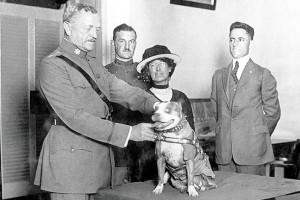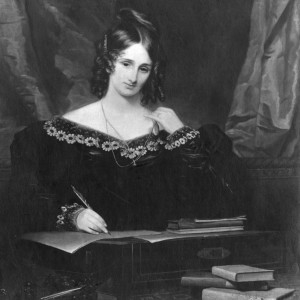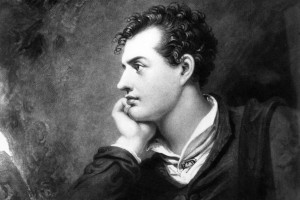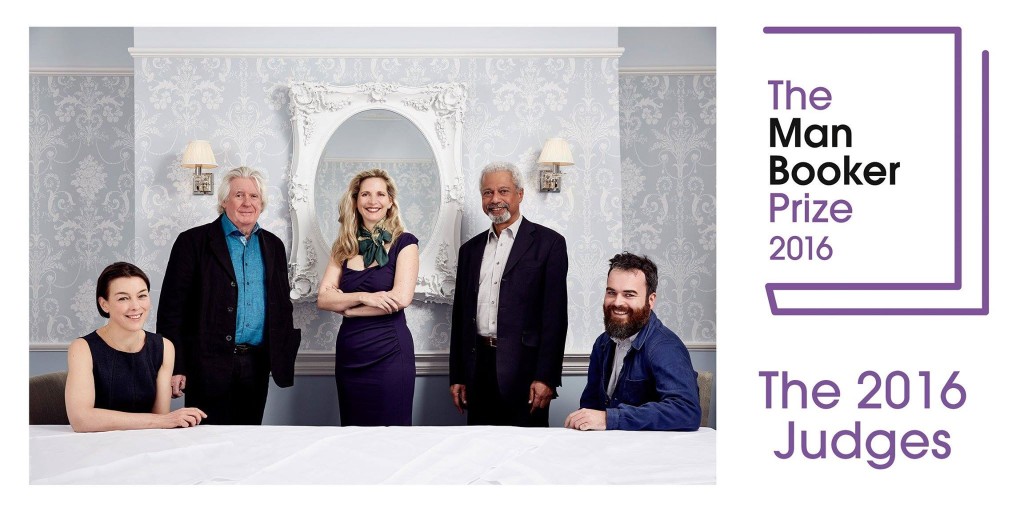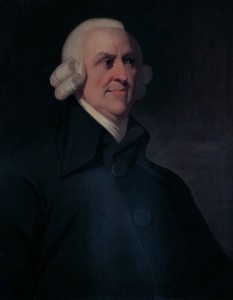
The English Ball
The 2016 English Ball will take place on Wednesday 27th April at the Mandarin Oriental in New York City. At this prestigious event, St. George’s Society will present awards to three distinguished people in the British community in New York: Sir Martin Sorrell, Chief Executive of WPP; Danny Lopez, Her Majesty’s Consul General in New York; and Dr. Amanda Foreman, award-winning historian and 2016 Man Booker Prize Chair.
The English Ball is the most prestigious and important event in St. George’s Society of New York’s calendar with proceeds directly supporting its charitable programs. Starting back in 1770 as a banquet to celebrate St. George, the patron saint of England, it has been held with rare exceptions every year since and is now established as the premier English social event in New York. Continue reading…







